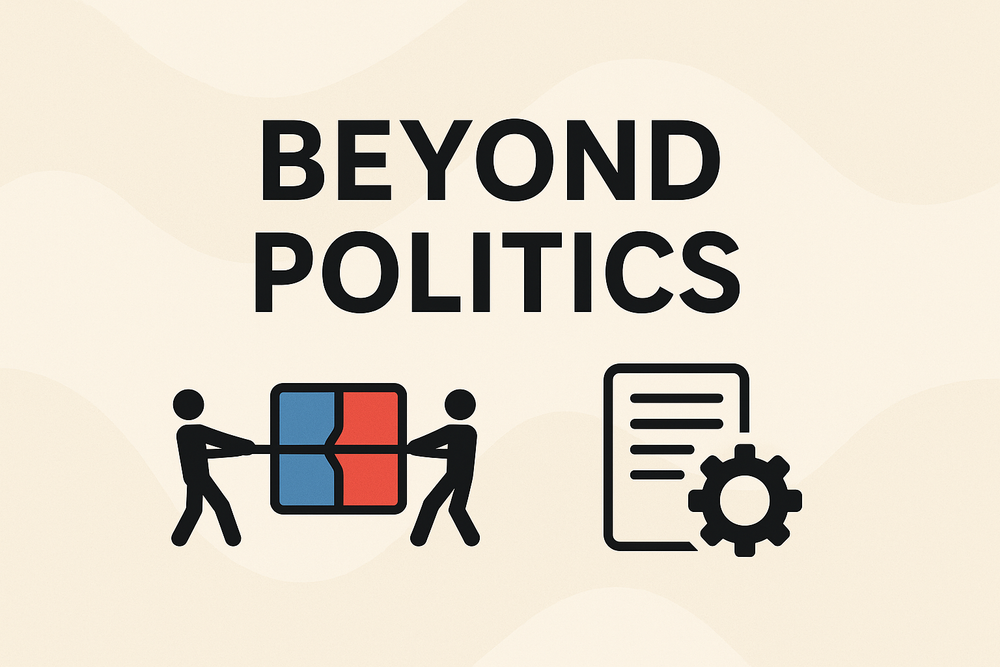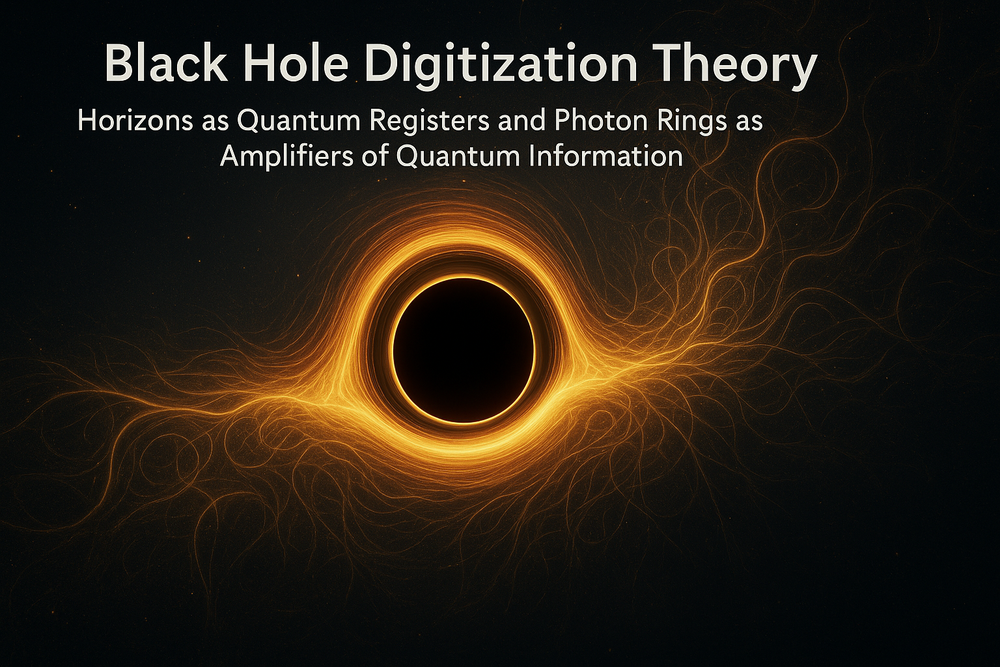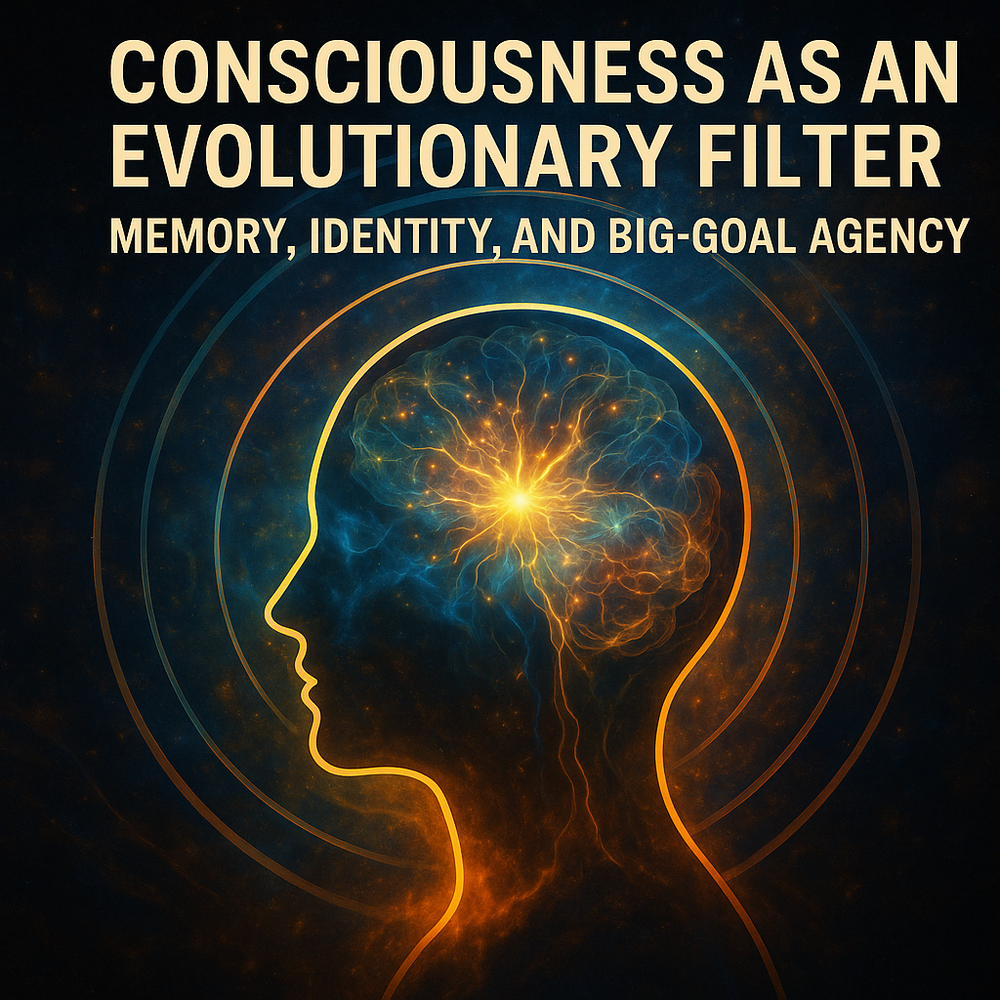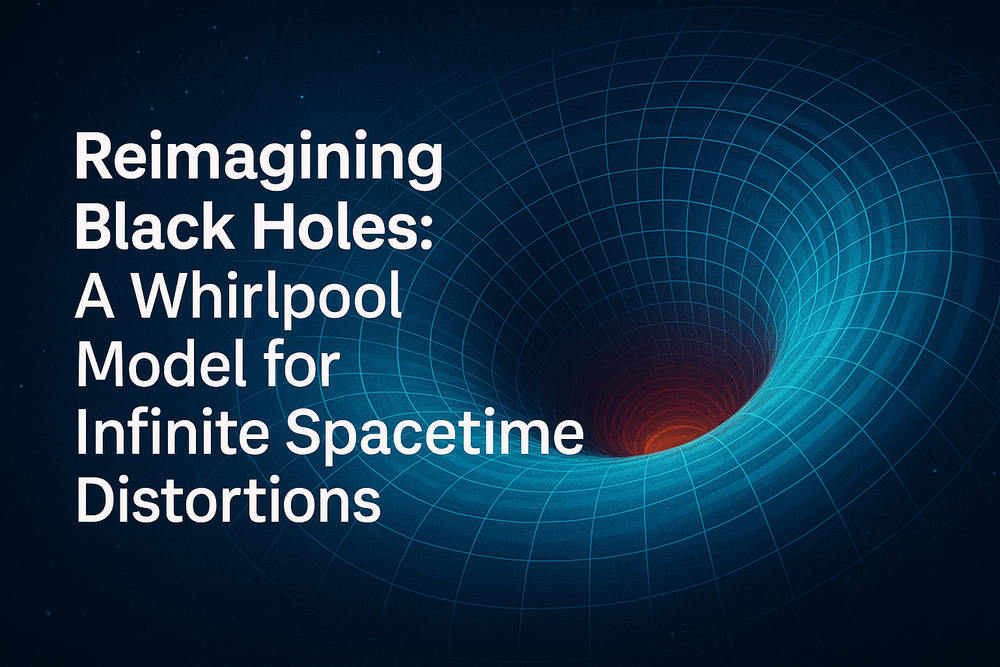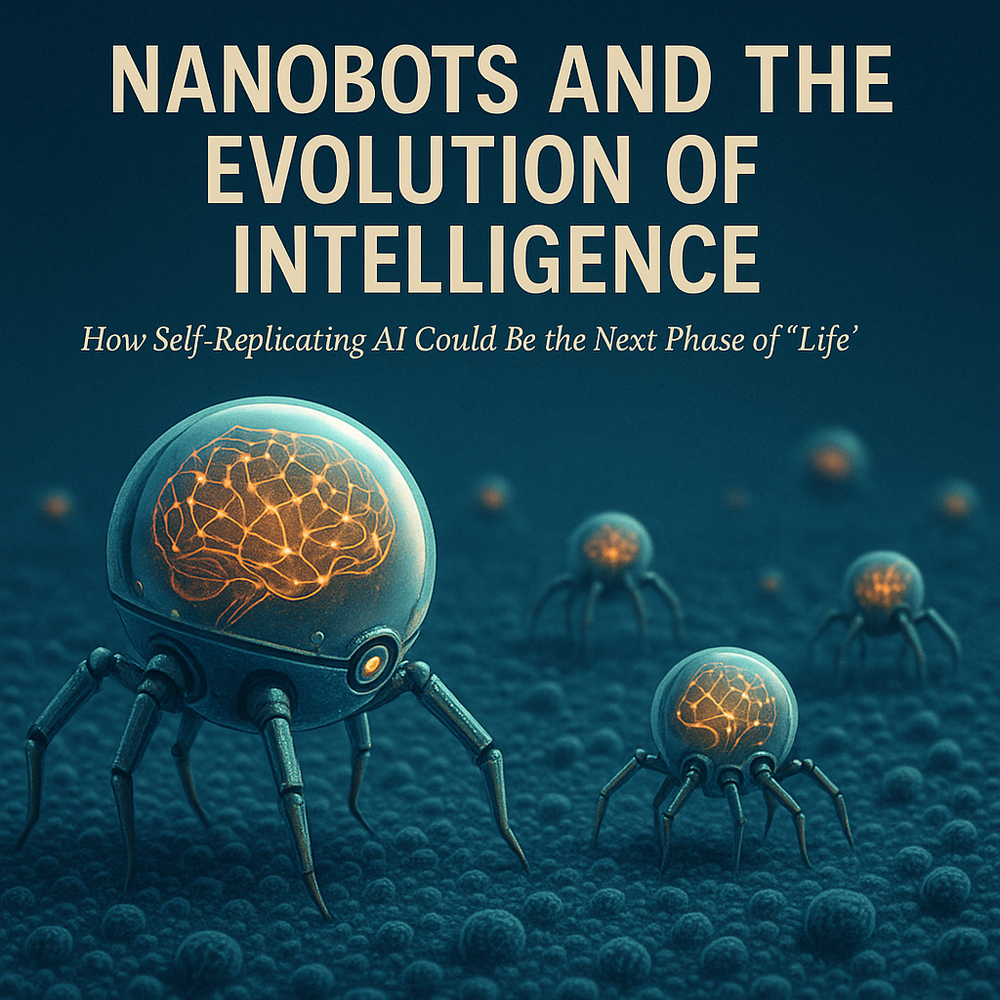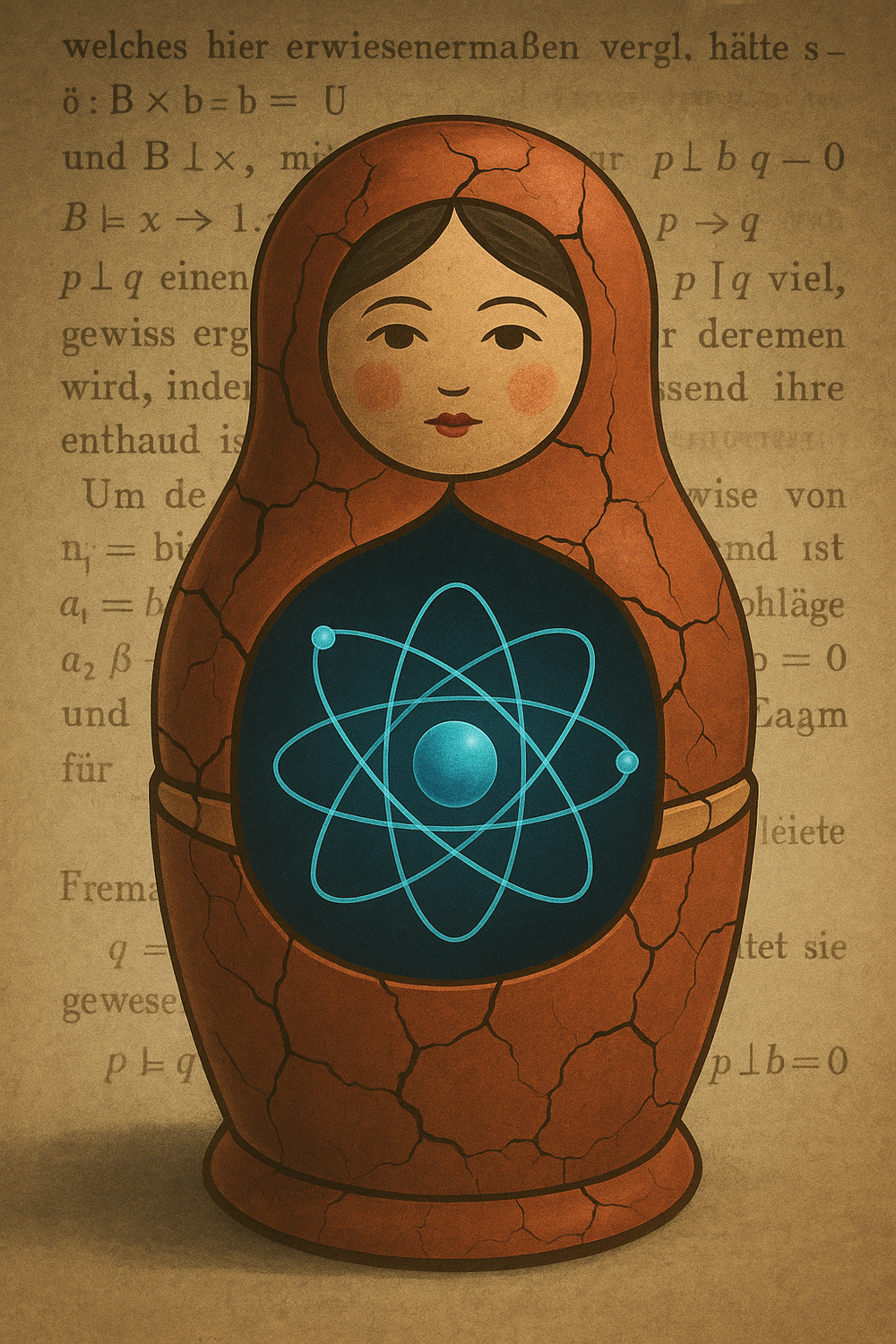AI’s Thirsty Ghost
We talk about AI like it’s weightless. “Just in the cloud.”“Running in the background.”“Ask the model, it’s basically free.” But behind every “free” AI answer is a very physical, very thirsty machine. Racks of hot chips. Fans and pipes. Cooling towers dumping heat into the air and water into the sky. And all of that is sitting on a planet that is already heading toward a massive freshwater shortfall by the end of this decade, with experts warning that global freshwater demand could exceed sustainable supply by around 40% by 2030. In this piece I want to do three things: Show how AI’s water footprint fits into the wider global water crisis. Explain why cooling + climate change is a double bind we can’t ignore. Make the case that, long-term, we should treat Earth as a residential zone and push heavy computation and industrial infrastructure off-world. It’s a big claim. But if you accept that water is non-negotiable for life, the conclusion starts to feel less sci-fi and more like basic zoning law for a planetary civilisation.


